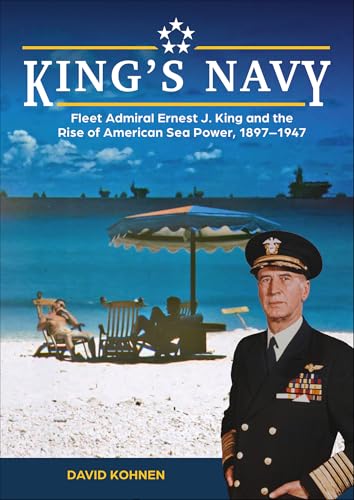
Carrier Battles
by Douglas V Smith
"Command Decision in Harm's Way"
Popularity
0 / 5
* A book's popularity is determined by how it compares to all other books on this website.
Where to buy?
Buy from Amazon* If you buy this book through the link above, we may receive a small commission at no extra cost to you.
Carrier Battles by Douglas V Smith
Details
War:
World War II
Perspective:
Commanders
Military Unit:
US Navy
Biography:
No
Region:
Pacific
Page Count:
396
Published Date:
2013
ISBN13:
9781612514420
Description
Main Themes and Topics
Carrier Battles by Douglas V Smith delves into the evolution of the U.S. Navy from a conservative coastal defense force to an assertive and innovative entity during World War II. The book explores the pivotal role of education over battle experience in shaping this transformation. Smith specifically analyzes the five major carrier battles of World War II to evaluate how the interwar education of commanding officers influenced their decision-making and operational strategies. This theme is critical to understand how leadership and strategic innovation played a part in the Pacific theater of the war. The book also offers insights into naval aviation and the educational processes that encouraged a shift in military tactics from risk aversion to risk acceptance.
Writing Style and Tone
Douglas V Smith employs a methodical and academic tone throughout Carrier Battles, reflecting his background as a professor at the Naval War College. The writing is detailed and analytical, offering rich insights into strategic military thought and decision-making processes. Smith's careful approach ensures that the book is accessible to both military scholars and readers with a keen interest in World War II history. His emphasis on educational theory and leadership makes for a compelling read that challenges conventional understandings of military success and innovation.
Brief Summary
Carrier Battles provides an in-depth analysis of how education transformed the U.S. Navy's tactical approach during World War II. By focusing on the major carrier battles of the war, Douglas V Smith argues that it was the interwar educational experiences of naval commanders, rather than their combat experience from conflicts like the Spanish-American War or World War I, that enabled them to adopt more aggressive, risk-taking strategies. Through this lens, the book evaluates the impact of leadership and military education on the success of naval operations in the Pacific theater, offering valuable perspectives on the role of innovation and strategy in warfare.









